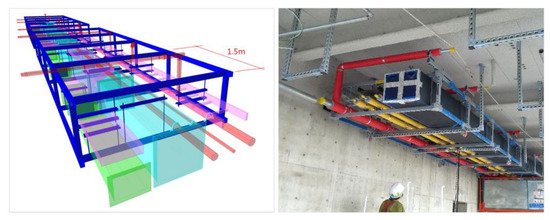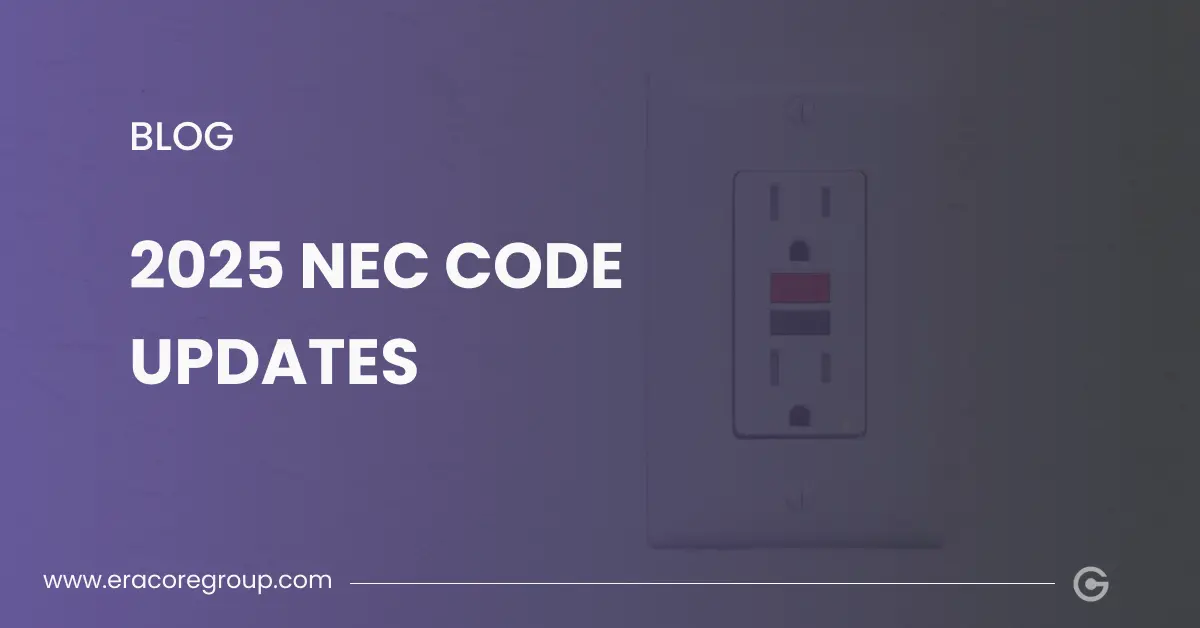Technology is continuously evolving to streamline processes and optimize results in the dynamic world of architecture, engineering, and construction (AEC).
Point Cloud Data and 3D Revit Models are two innovative technologies that significantly impact the field.
Although converting Point Cloud Data to a 3D Revit Model can unlock unmatched accuracy and detail for projects, this process isn’t without its challenges.
This article explores these challenges and their solutions, providing valuable insight for professionals navigating this intricate workflow.
Table of Contents
Understanding Point Cloud Data and 3D Revit Models
What is Point Cloud Data?
Point Cloud Data comprises millions of data points captured by 3D scanners or LiDAR (Light Detection and Ranging). These points collectively form a ‘cloud’ representing the surface of objects and spaces in three-dimensional space. Point Cloud Data is incredibly accurate as a digital representation of the physical world, capturing the minutiae of existing structures down to a few millimeters.
What is a 3D Revit Model?
A 3D Revit Model, created using Autodesk’s Revit software, is a comprehensive Building Information Modeling (BIM) tool used extensively in the AEC industries. Revit allows users to design, manage, and simulate digital representations of buildings’ physical and functional characteristics. It provides a detailed, organized, and dynamic construction project model.
Challenges in Converting Point Cloud Data to 3D Revit Model
1. Data Overload
Point Cloud Data files can be vast, often containing billions of points, leading to an enormous volume of data. This sheer amount of data can overwhelm software systems and hardware, making it difficult to manage or process efficiently.
Solution: Data simplification and segmentation can mitigate this issue. Reducing the data density by subsampling or using specialized software to clean and filter unnecessary points can make the data manageable. Utilizing hardware with higher processing power or deploying cloud-based solutions can also effectively handle large datasets.
2. Accuracy vs. Efficiency
While Point Cloud Data is incredibly accurate, translating this precision into a 3D Revit Model can be challenging. Minor inaccuracies or misinterpretations during conversion can lead to significant discrepancies in the 3D model.
Solution: Investing in advanced point cloud processing software and plugins specifically designed for Revit can enhance accuracy. These tools automate much of the conversion process, reducing human error. Also, algorithms that focus on accuracy during data interpretation are essential for reliable model development.
3. Complex Geometry
Point Cloud Data can represent the intricate details of structures, including complex geometries that can be challenging to recreate accurately in Revit.
Solution: Tools like Dynamo, a programming tool within Revit, can help create custom scripts to accurately translate and model complex geometrical forms. Additionally, consistent collaboration with a skilled team of modellers and analysts can aid in understanding and realistically modelling these intricate details.
4. Software Limitations
While Revit is a powerful BIM tool, handling vast and detailed Point Cloud Data can push its capabilities beyond standard limits. It can result in slow processing times and software crashes.
Solution: Breaking Point Cloud Data into smaller, more manageable sections can help avoid software limitations. Regular updates to Revit and using plugins specifically designed for managing Point Cloud Data will also help overcome software-related challenges.
5. Learning Curve
The integration of Point Cloud Data into Revit requires a steep learning curve, especially for professionals accustomed to traditional modeling methods.
Solution: Training and workshops focused on the theoretical understanding and practical implementation of these technologies are crucial. Engaging with online tutorials, professional courses, or hiring experts for initial guidance can facilitate a smoother transition.
Solutions for Optimization
Establish Clear Objectives
Comprehensive Planning
Collaborate with Experts
Point Cloud Data conversion is multifaceted and requires skills in data analysis, structural modeling, and software expertise. Partnering with experienced professionals can ensure a successful conversion. Experts can provide valuable insights, predict potential problems, and offer solutions based on extensive field experience.
Leverage Automation
Automating repetitive and labor-intensive tasks can dramatically improve efficiency and accuracy. Utilize capabilities and special skills to automate as much of the process as possible. Automation reduces manual input, thus minimizing and saving time.
Final thoughts
Combining Point Cloud Data and 3D Revit Models offers tremendous potential for the AEC industry. These technologies facilitate easier restorations, renovations, and new constructions with high accuracy and detail.
As industry progresses, innovations in software tools and processing capabilities promise to address existing challenges further, making conversions more seamless and accessible. Keeping abreast of these advancements will ensure professionals continue to leverage these technologies for optimal project outcomes.
Converting Point Cloud Data to a 3D Revit Model is challenging. However, these challenges can be overcome with a meticulous approach, the right tools, and skilled expertise. This transformation process will enhance project visualization, ushering in a new era of precision and efficiency in construction and design.






